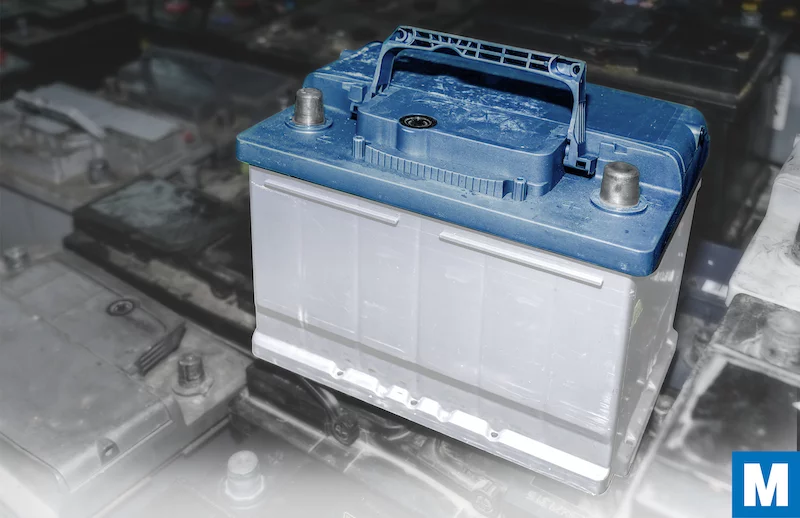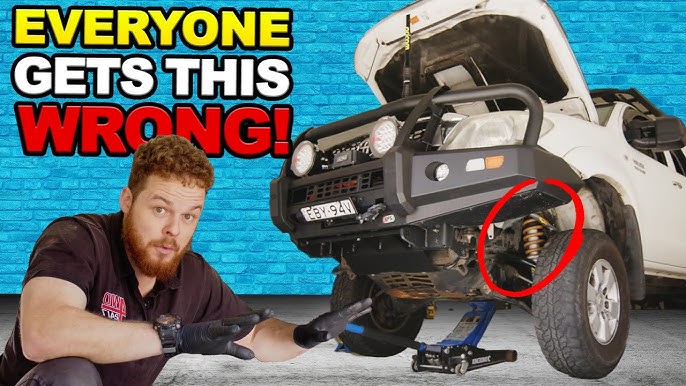How to Properly Store a Car?: Ultimate Preservation Guide
Properly storing a car is essential to maintain its condition and ensure it runs smoothly when you’re ready to use it again. Whether you’re storing your vehicle for a few weeks or several months, following the right storage procedures is crucial. In this guide, we’ll discuss the best practices for storing a car to keep it in top condition.
When to Store Your Car
Before diving into the storage process, it’s important to determine the right time to store your car. If you plan to store your car for an extended period, it’s best to do so during mild weather conditions. Extreme temperatures can have adverse effects on a car’s internal components, so choosing the right time for storage is crucial.
Fuel Stabilizer
Prior to storing your car, it’s important to add a fuel stabilizer to the gas tank. This helps prevent the gasoline from deteriorating and causing issues with the engine when you start the car again. A fuel stabilizer is especially important for long-term storage, as it helps keep the fuel fresh and prevents it from breaking down.

Credit: www.midtronics.com
Storing the Battery
When storing a car, it’s common for the battery to lose its charge over time. To prevent this, consider using a battery maintainer or disconnecting the ground side of the battery to ensure it retains its charge. By taking these precautions, you can avoid the hassle of dealing with a dead battery when you’re ready to use the car again.
Maximum Tire Pressure
Before storing your car, make sure to inflate the tires to the maximum recommended pressure. This helps prevent flat spots from forming on the tires due to prolonged periods of inactivity. By maintaining the correct tire pressure, you can ensure that the tires remain in good condition throughout the storage period.
Wiper Blades
It’s advisable to lift the wiper blades off the windshield to prevent them from sticking to the glass. This simple step can help preserve the condition of the wiper blades and ensure they function properly when you need to use them again. Additionally, consider covering the wiper blades with a protective cover to shield them from dust and debris.
Car Cover
Investing in a high-quality car cover is essential for protecting your vehicle during storage. A car cover helps shield the car’s exterior from dust, dirt, and potential damage. Look for a cover that is breathable and provides a snug fit to ensure maximum protection for your car.

Credit: m.youtube.com
Engine Oil
Prior to storing your car, it’s a good idea to change the engine oil. Fresh oil helps protect the engine components and ensures that the car is ready for use when you retrieve it from storage. By changing the oil before storage, you can prevent potential issues that may arise from using old or degraded oil.
Exterior and Interior Maintenance
Before storing your car, thoroughly clean and wax the exterior to protect the paint and finish. Additionally, clean the interior of the car to remove any debris or food particles that may attract pests during storage. Taking these steps can help maintain the overall condition of your vehicle.
Treating the Fuel
When preparing your car for long-term storage, consider treating the fuel with a fuel stabilizer to prevent it from deteriorating. This is especially important if the car will be in storage for an extended period, as untreated fuel can lead to engine issues when the car is started again.
Checking Vehicle Fluids
Prior to storing your car, check and top up all essential fluids, including engine oil, coolant, brake fluid, and transmission fluid. Ensuring that all fluids are at the correct levels can help prevent potential issues and preserve the condition of the car’s internal components during storage.
Checking Tires
Before storing your car, inspect the tires for any signs of damage or wear. Ensure that the tires are properly inflated and consider placing the car on jack stands to relieve pressure from the tires. By taking these steps, you can prevent flat spots and ensure the tires remain in good condition during storage.
Wash and Wax the Vehicle
Prior to storing your car, give it a thorough wash and apply a coat of wax to protect the paint and finish. This helps shield the car’s exterior from dust, dirt, and other environmental elements that may cause damage during storage.
Storage Location and Insurance Considerations
When selecting a storage location for your car, opt for a secure facility that offers protection from the elements. Additionally, consider the insurance implications of storing your car and ensure that it remains adequately insured during the storage period.
Rodent Prevention
To prevent rodents from nesting in your car during storage, take precautions such as placing rodent repellents or traps near the car. Additionally, seal off any openings that may serve as entry points for rodents to access the interior of the vehicle.
Shakedown Cruise
After retrieving your car from storage, it’s important to take it on a shakedown cruise to ensure that everything is in working order. Test the brakes, steering, and other essential components to verify that the car is ready for regular use.
Frequently Asked Questions
How Long Can A Car Be Stored Without Being Used?
A car can be stored for up to two weeks without issues, but leaving it unused for six months can cause serious engine damage. It’s essential to store it in a dry, clean place, with a full gas tank to prevent rust.
Proper maintenance and storage preparations are crucial for long-term storage.
Is It Better To Store A Car With A Full Or Empty Tank?
It is better to store a car with a full tank of gas. An empty or low gas tank can lead to internal rust as condensation and moisture build up within the tank. Choose a clean, dry garage or storage facility to avoid rusting.
Ideally, store your car in a climate-controlled facility.
Can I Leave My Car Unused For 3 Months?
Yes, you can leave your car unused for 3 months, but it’s important to take some precautions. Before parking your car, fill the gas tank, change the oil, and inflate the tires to the recommended pressure. Additionally, consider using a car cover to protect it from dust and debris.
How To Put A Car In Long Term Storage?
To put a car in long term storage, follow these steps: 1. Use jack stands to elevate the car. 2. Wash and wax the exterior. 3. Plug the tailpipe to prevent debris from entering. 4. Avoid using the parking brake. 5.
Park the car on a plastic sheet to protect the tires. 6. Clean and dust the interior. By following these guidelines, you can ensure that your car is properly stored for an extended period of time.
Why Is It Important To Store A Car Properly?
Storing a car properly can prevent damage to the engine, tires, and battery. It also helps to maintain the car’s appearance and value over time.
What Should I Do Before Storing My Car Long Term?
Before storing your car long term, you should fill up the gas tank, change the oil, and treat the fuel with a stabilizer. You should also wash and wax the car, clean the interior, and remove the battery.
How Long Can A Car Be Stored Without Being Used?
If a car sits without being driven for more than two weeks, technical difficulties may begin to surface. If you leave your car unattended for six months, you can inflict severe (and potentially irreparable) damage to your vehicle’s engine.
Conclusion
Properly storing a car is essential to maintain its condition and ensure it runs smoothly when you’re ready to use it again. By following the best practices for car storage, you can protect your vehicle from potential damage and preserve its overall condition. Whether you’re storing your car for a few weeks or an extended period, taking the time to properly prepare and store your vehicle can make a significant difference in its performance and longevity.




